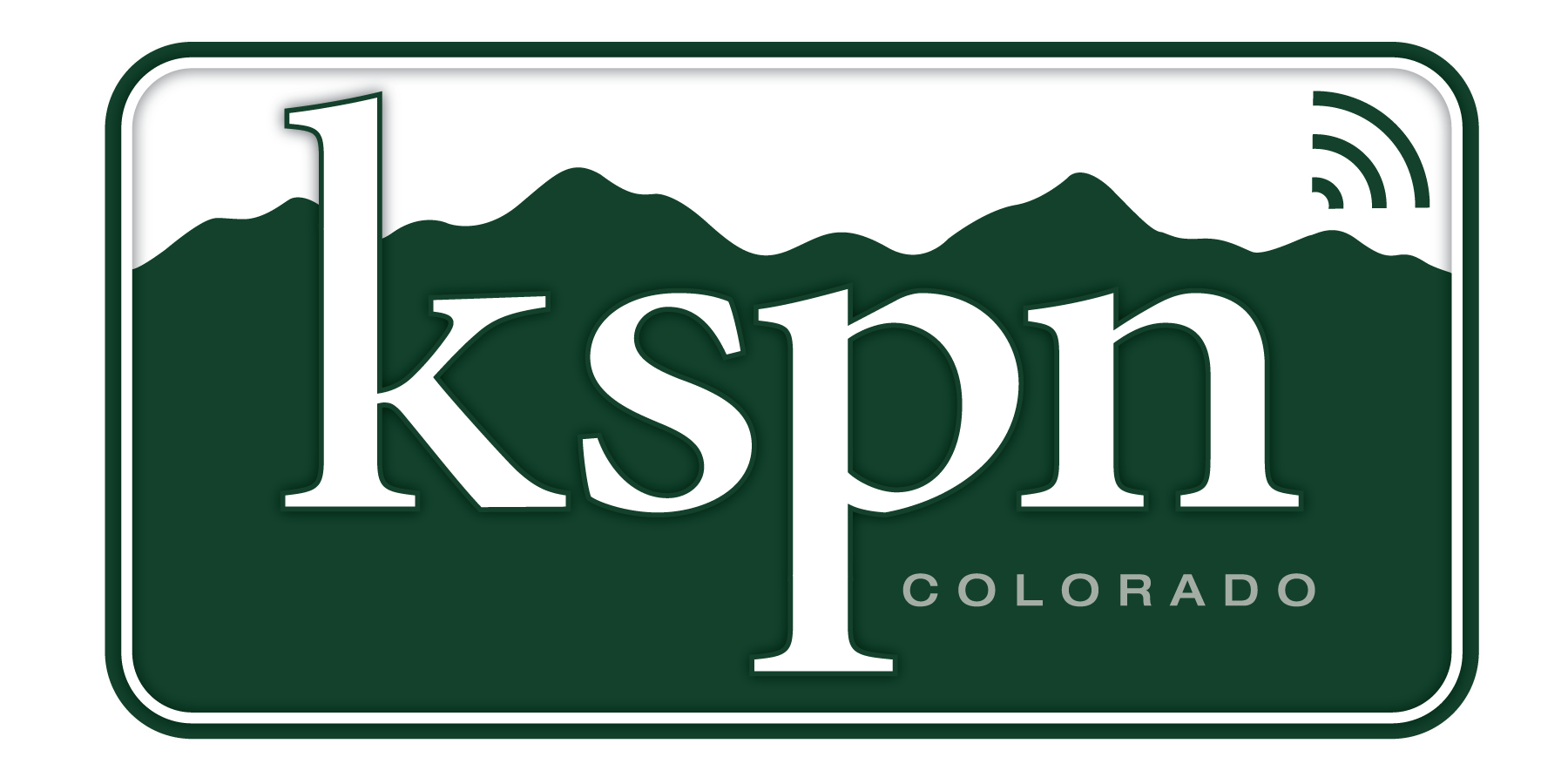
Willoughby Collection
World War I stimulated mining in Aspen. The U.S. needed minerals that Aspen mined, such as zinc and lead. The Percy LaSalle mine counted as one that benefited most.
Like a number of Aspen’s other mines, The Percy La Salle Mining and Power Co. did not weather the recession of 1907. Production costs had gone up and mineral prices had gone down. The mine closed and soon fell into arrears for property taxes. Known by its owner’s name, the Newman mine modeled mining engineering. Its operators bored a two-track, 45-degree incline tunnel to connect its workings below Tourtolotte Park to Castle Creek at the Music School campus.
The Newman ran its own hydroelectric plant, and sold power and water to a part of Aspen. It built a railroad spur up the valley to transport its vast tonnage of ore.
Around 1910 George Newman’s heir linked up with a group of Aspen businessmen. They invested in the few remaining Aspen mines that retained large quantities of minable ore, the mines that did not need to spend vast portions of profit to pump water out of their workings. The men formed a new company, and began work to reopen the Newman. It took a while to secure funding, and even more time to repair collapsed sections of tunnel. But the mineral prices increased at the start of the war, and that boost made it easier to attract investment.
The men also planned to build a mill that would process the ore and reduce smelting costs. By 1917 they shipped ore out of the mine.
A ledger of the mine’s expenses for August 1918 includes a breakdown of payroll. This provides a rare view into the economics of an Aspen mine at that time. The following dollar figures have been rounded to 2019 equivalents.
The greatest expense, the $40,500 payroll, covered an inexact number — it looks like about 25 — of employees. The bookkeeper broke work hours into categories I have not seen for other mines. Categories included time keeper (i.e. payroll), blacksmith, mine timbering, miners mining the ore, and tramming — moving the ore through the tunnel.
Higher paid workers included shift boss, engineer and cager. The Newman’s cager took responsibility for running the mine car tram. Empty cars traveled on tracks up the steep tunnel grade, and loaded cars rolled down. A cable connected them in a system similar to the one that runs San Francisco’s historic cable cars. In mines with deep shafts, some called the cager the “hoisting engineer.” The greater compensation presumably helped the mine hire top talent. Cagers’ mistakes, such as not starting or stopping the cars at a precise moment, could cost money and lives.
Some employees maintained the flume that provided water to drive the hydroelectric plant and as a city resource. Others, in the “bridge and crib” position, cared for the road and bridge to the property. The ore house that processed the ore required more employees. And an assayer hired on to process between three and 14 samples daily.
Although the Newman ran their own electric plant, they paid $2,000 to an additional provider. Koch Lumber Co. provided the mine props, at $4,800. Tomkins Hardware charged $10,500 for blasting powder. Some machinery may have consumed gasoline. But most likely, $1,200 paid to Continental Oil Co. filled the gas tanks of company trucks. Telephone service ran $100. The lowest expense listed, $50 to Aspen Drug, may have purchased first aid supplies.
Income did not appear on this ledger page. But 2,275 tons of ore production for the month, much of it low-grade silver ore with a significant amount of lead, registered on the page. Miners produced about half of that from below ground. The other half was milled from the leftover mine dumps. Most of Aspen’s mines held vast dumps that contained usable minerals. Despite increased silver prices, it did not pay to transport dump material to a distant mill. With a local mill and updated technology, the Newman simply loaded dump material into a truck and hauled it a short distance to the top of the mill.
The mine grew so profitable in 1919 that it announced, the day before Christmas, a raise of miners’ wages to $7.20 a day.
Tim Willoughby’s family story parallels Aspen’s. He began sharing folklore while teaching Aspen Country Day School and Colorado Mountain College. Now a tourist in his native town, he views it with historical perspective. Reach him at redmtn2@comcast.net.

